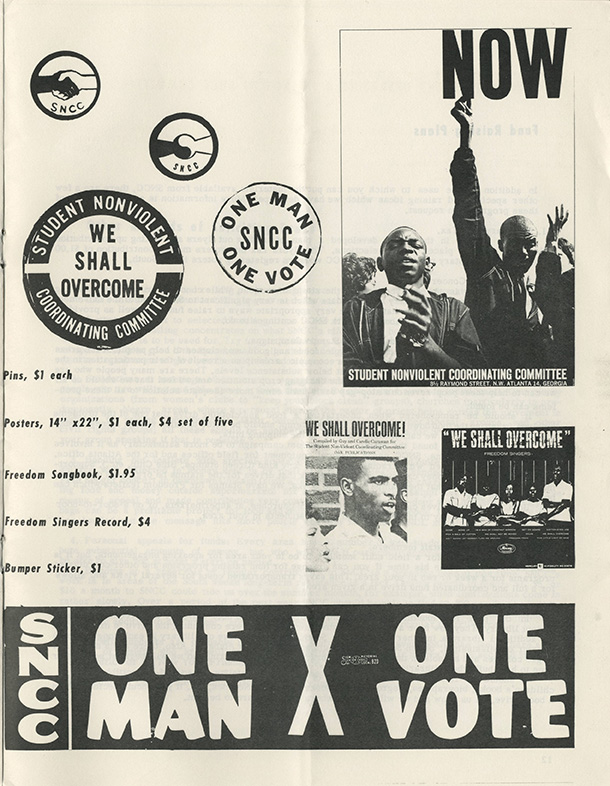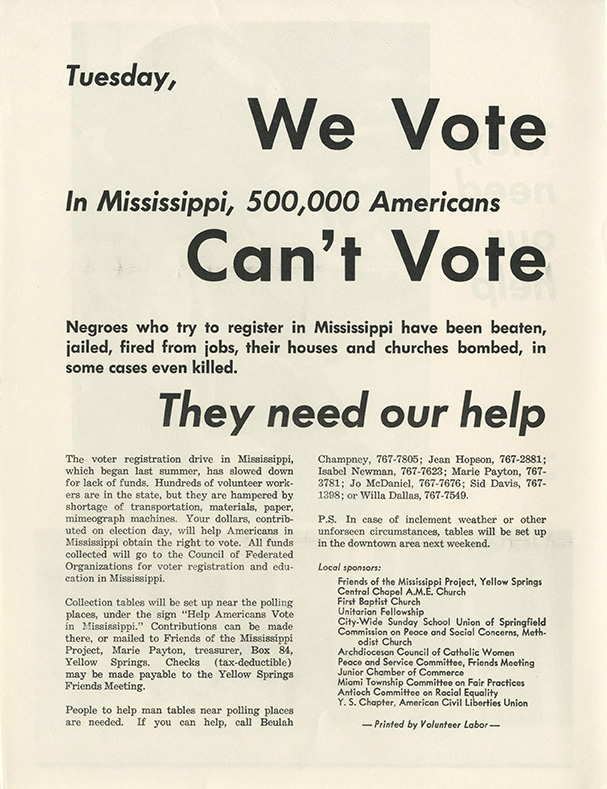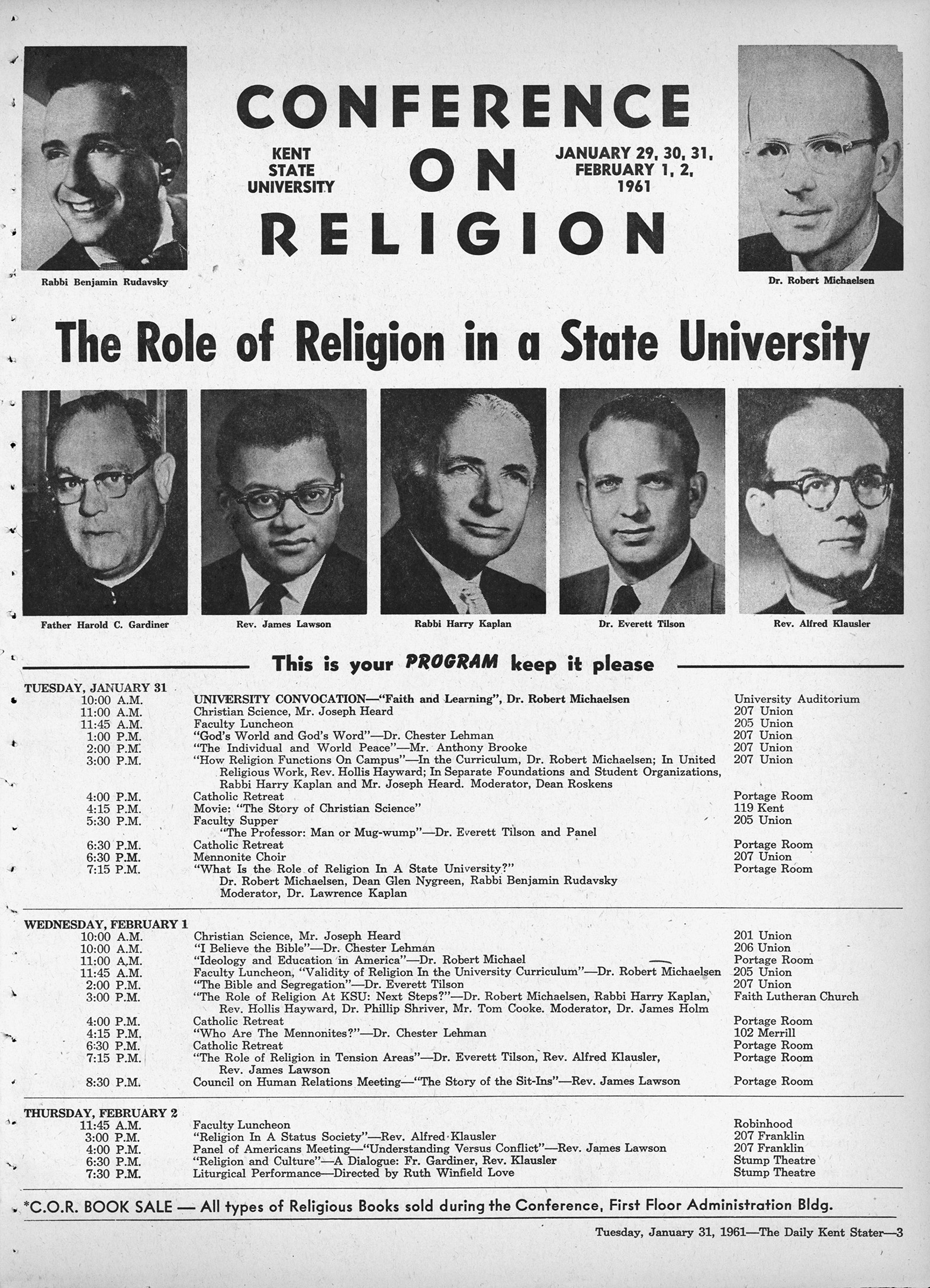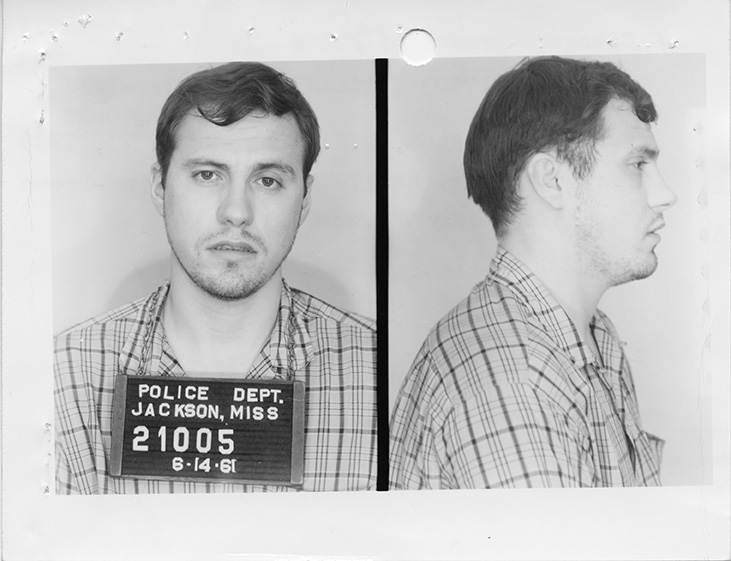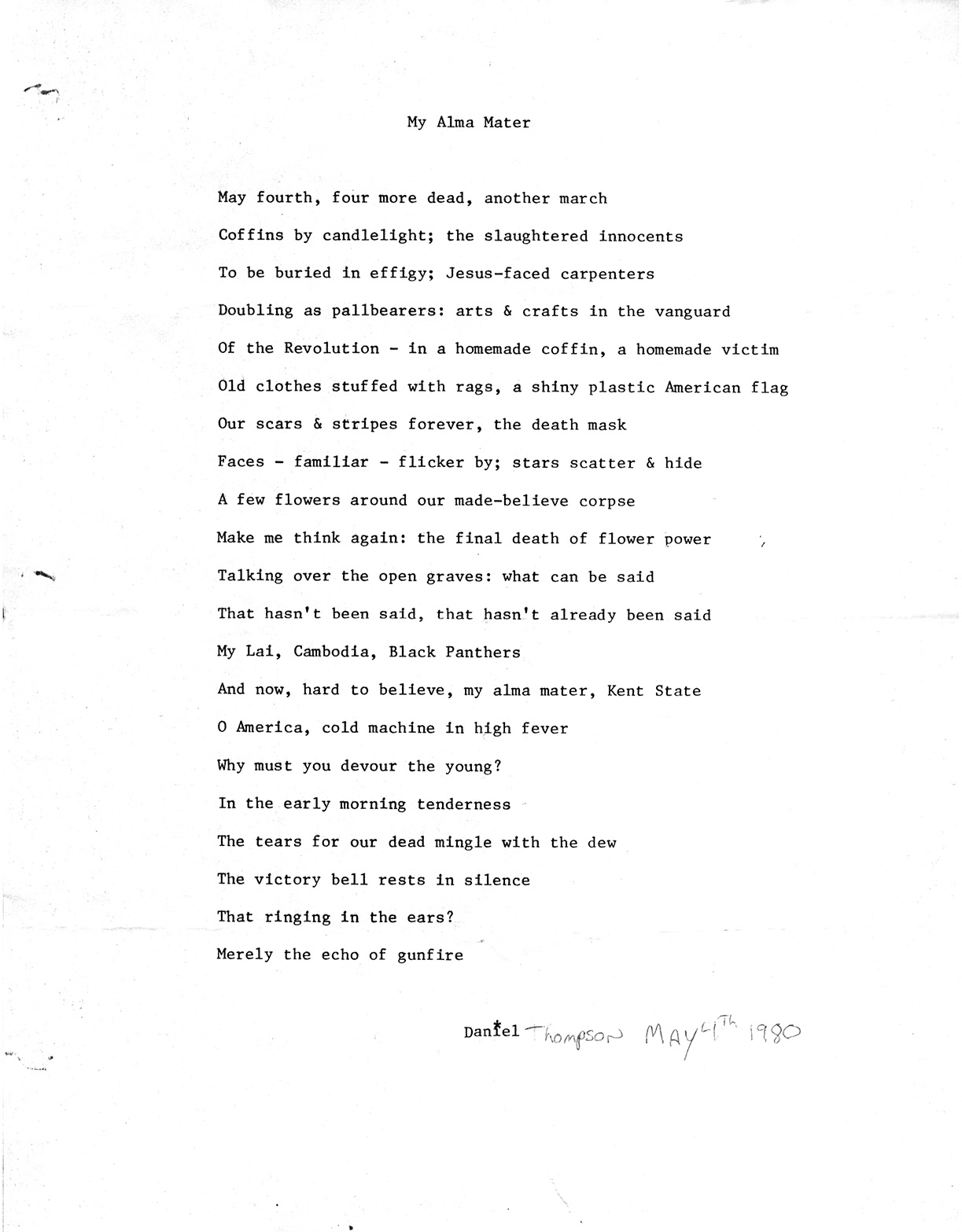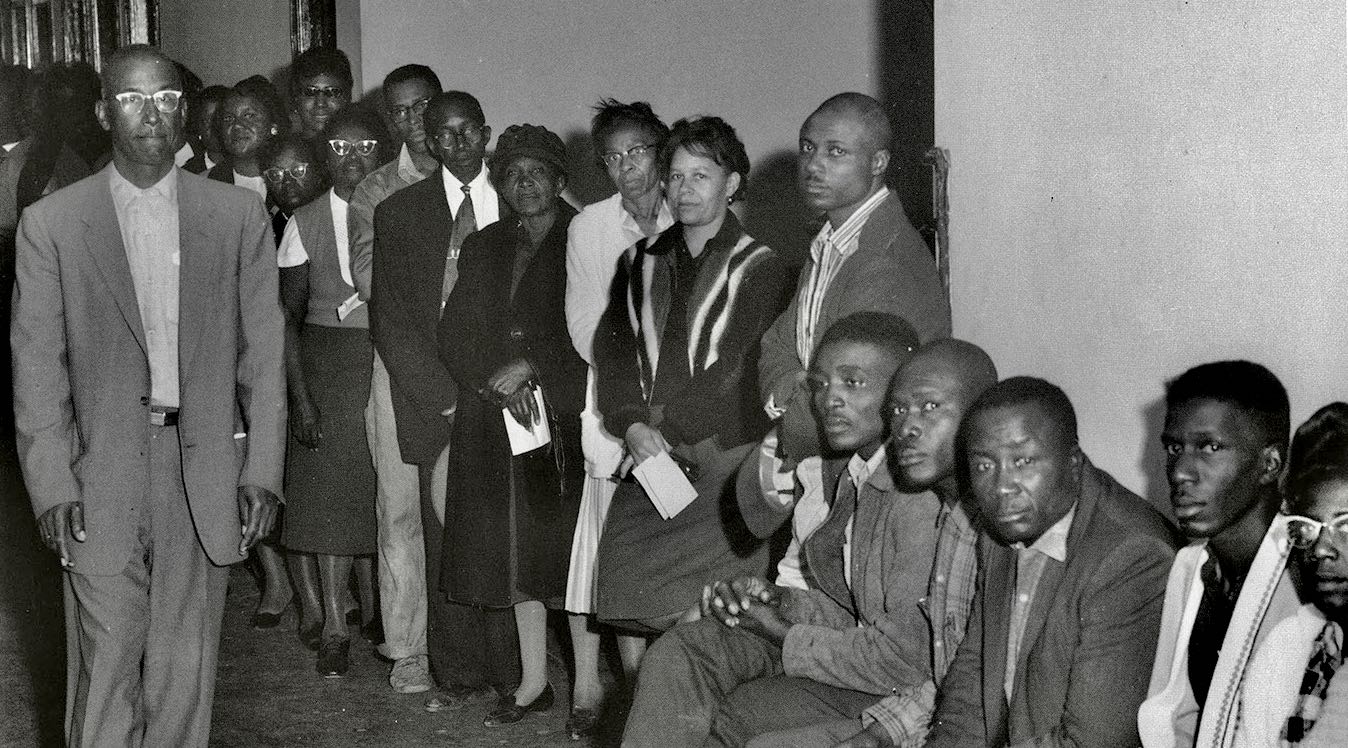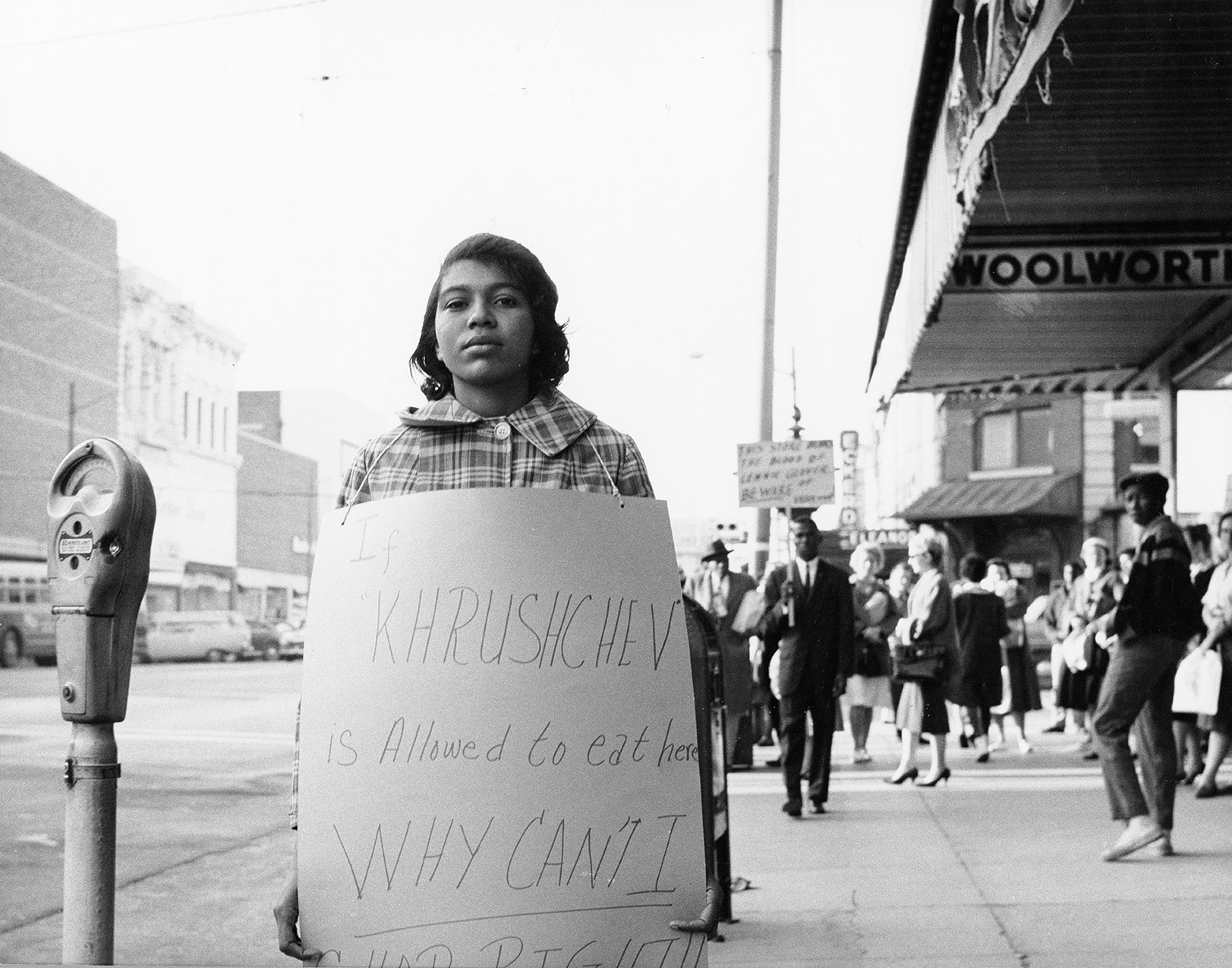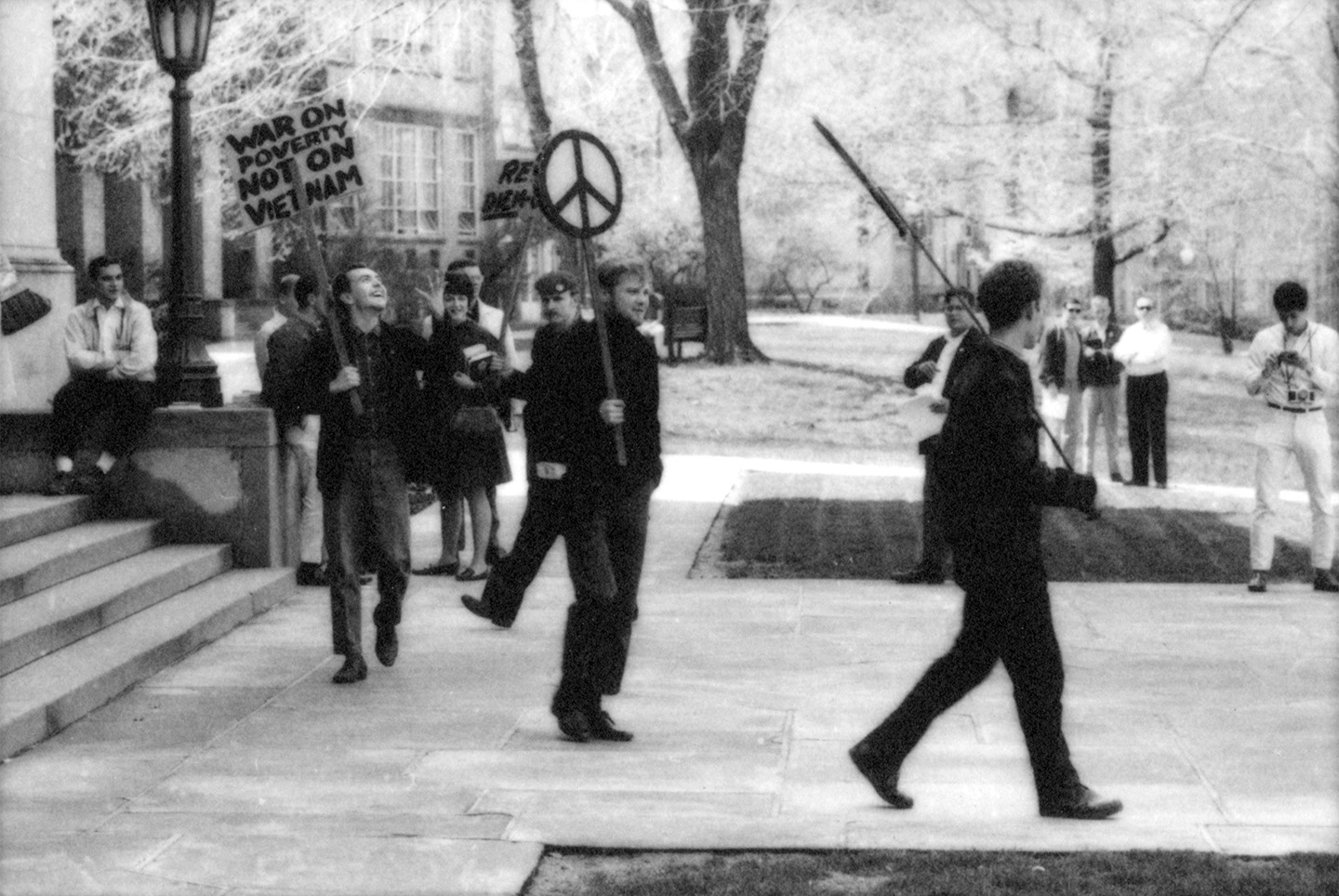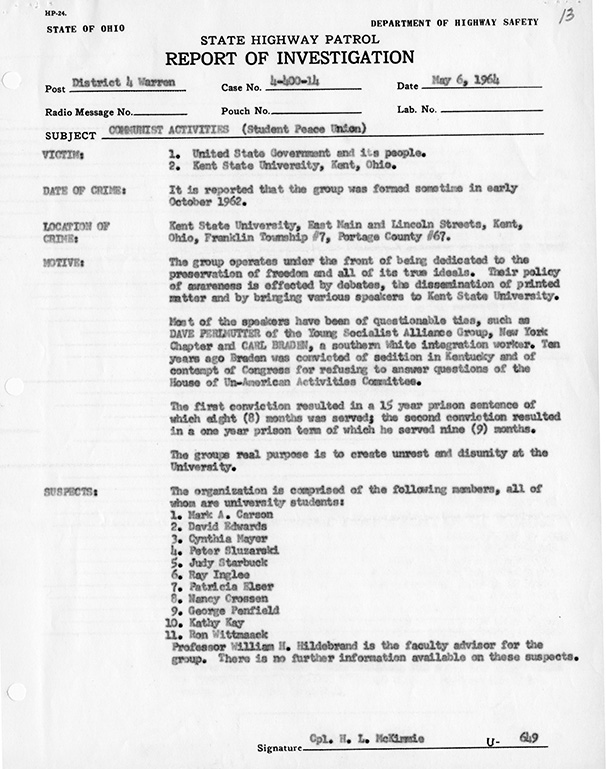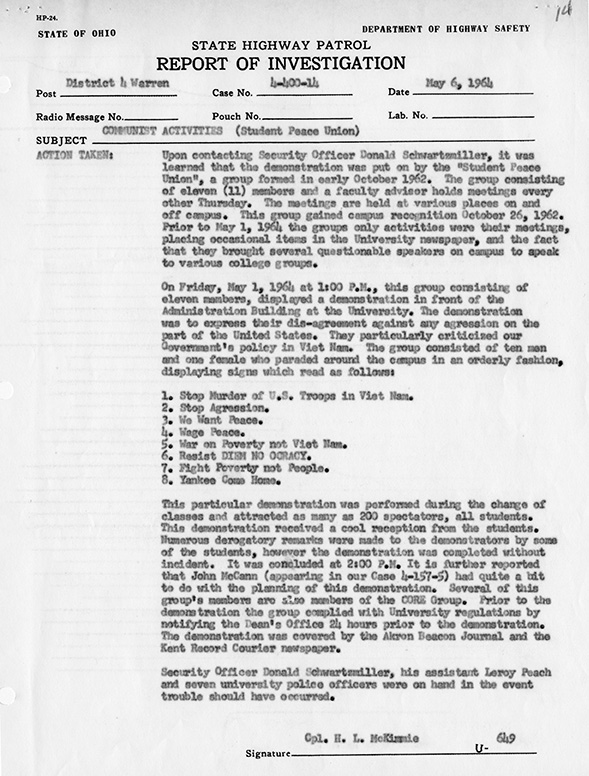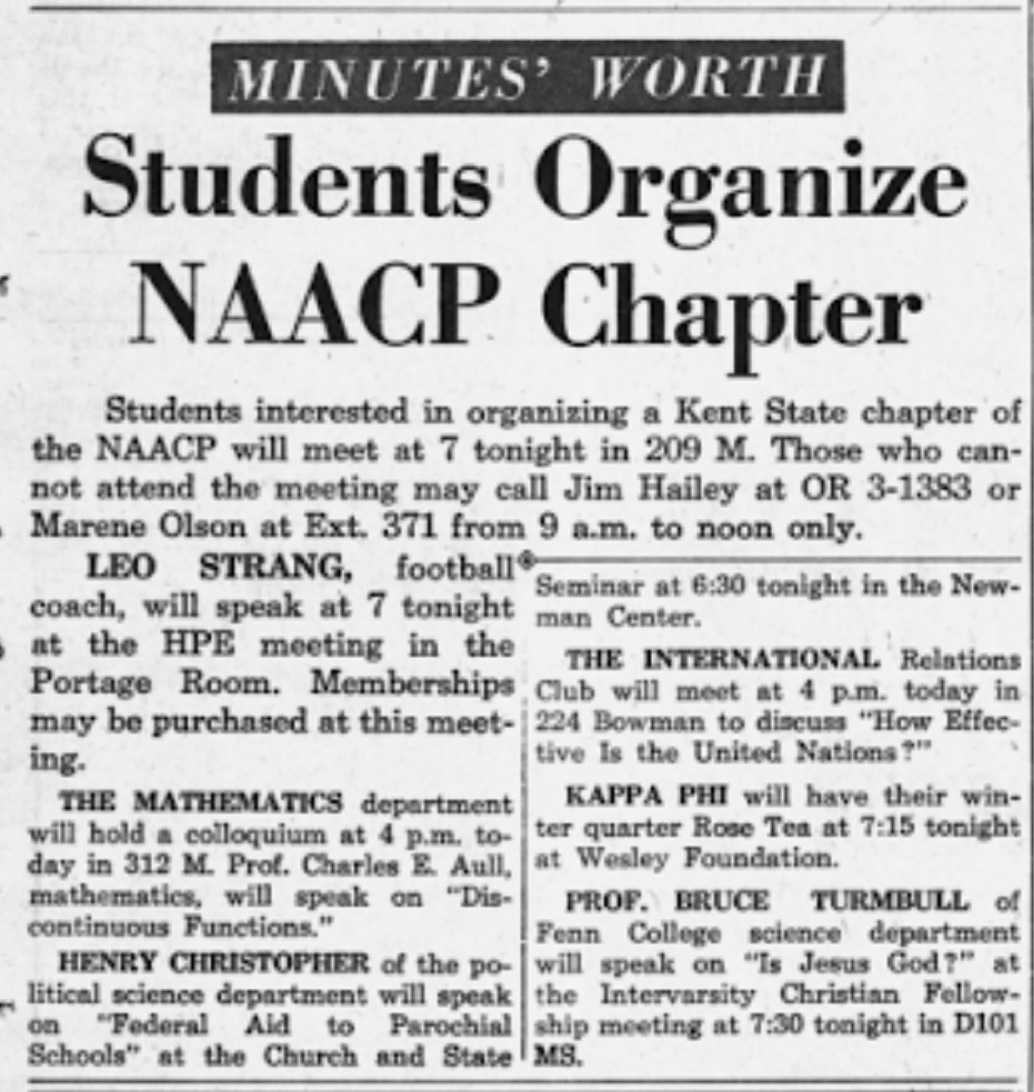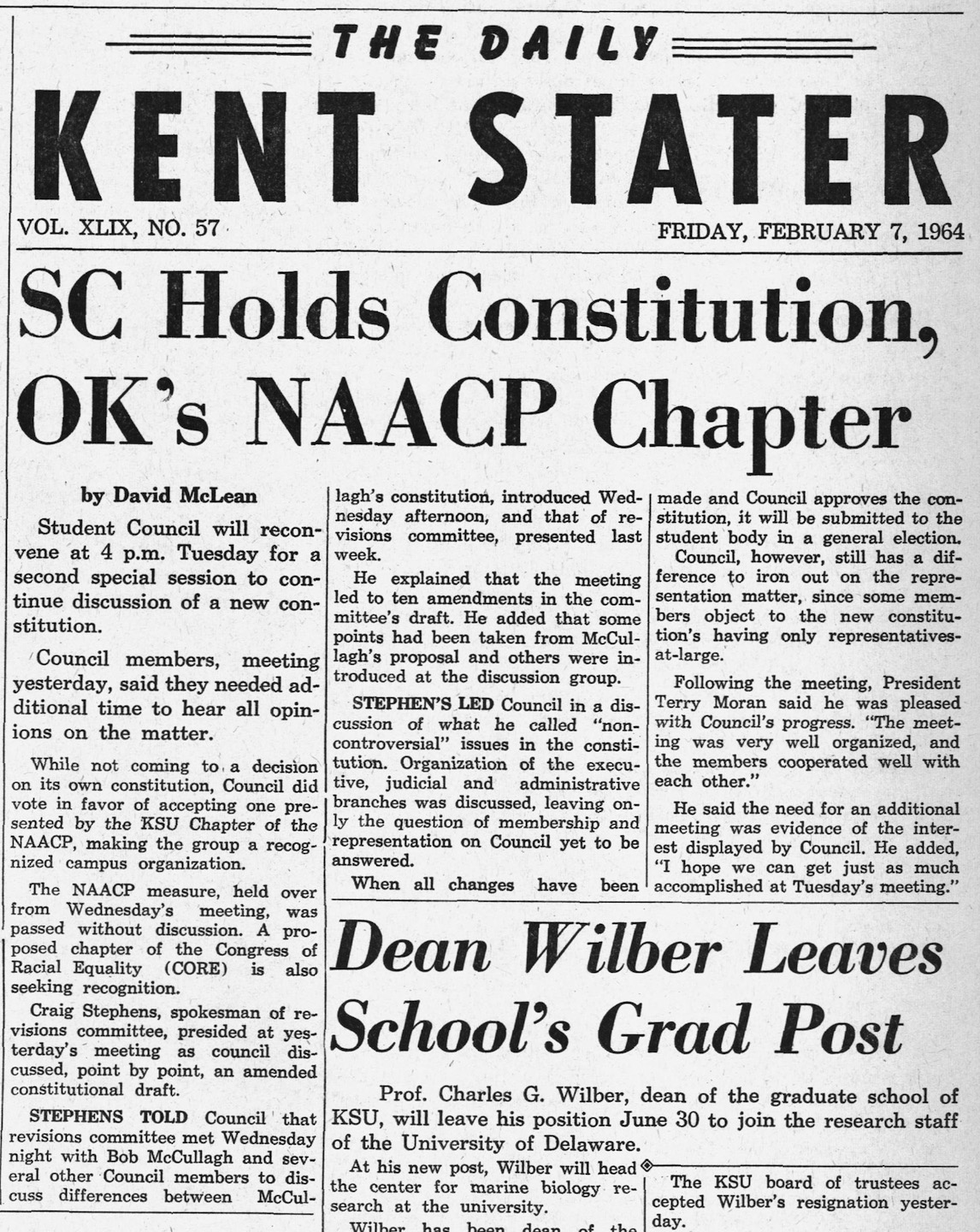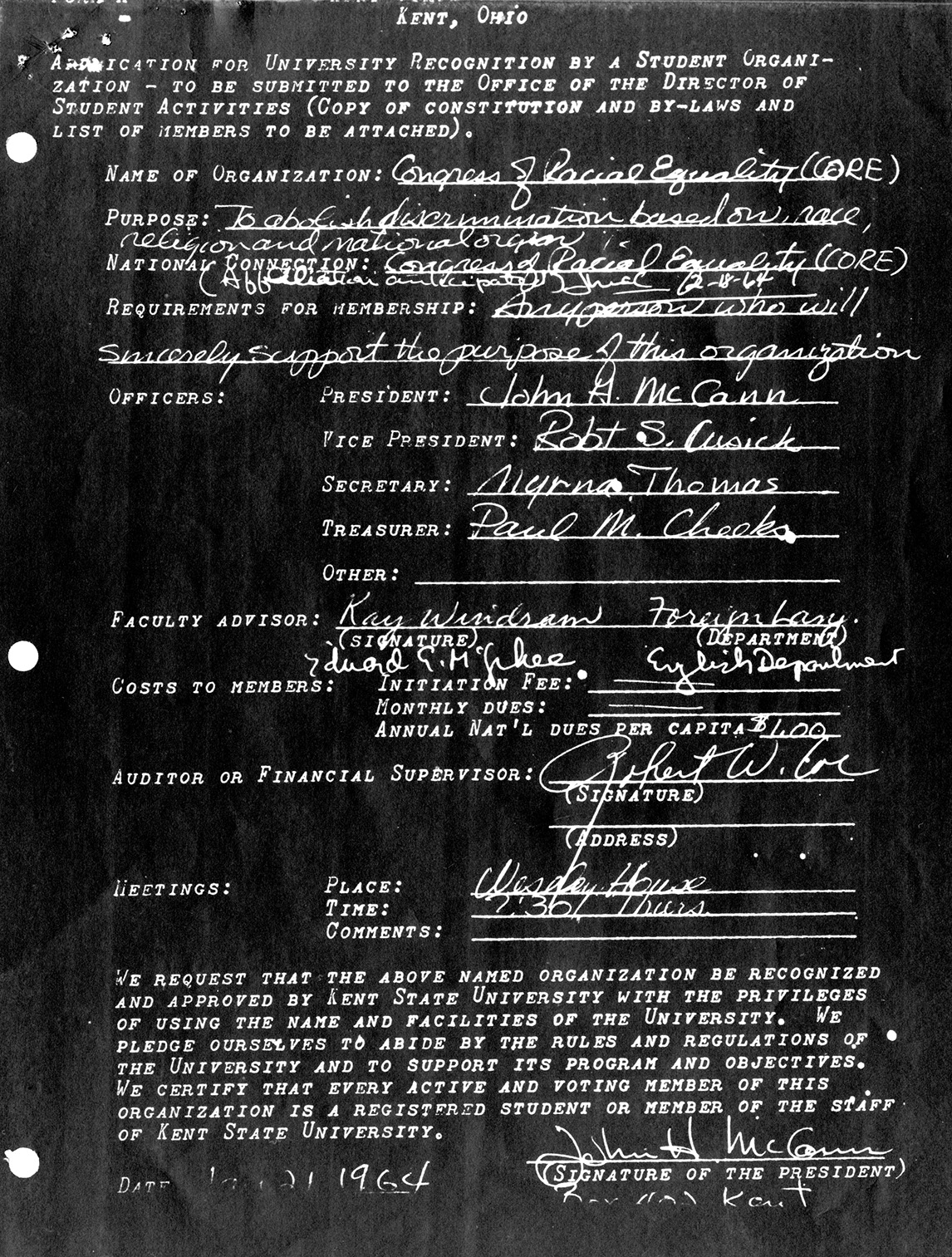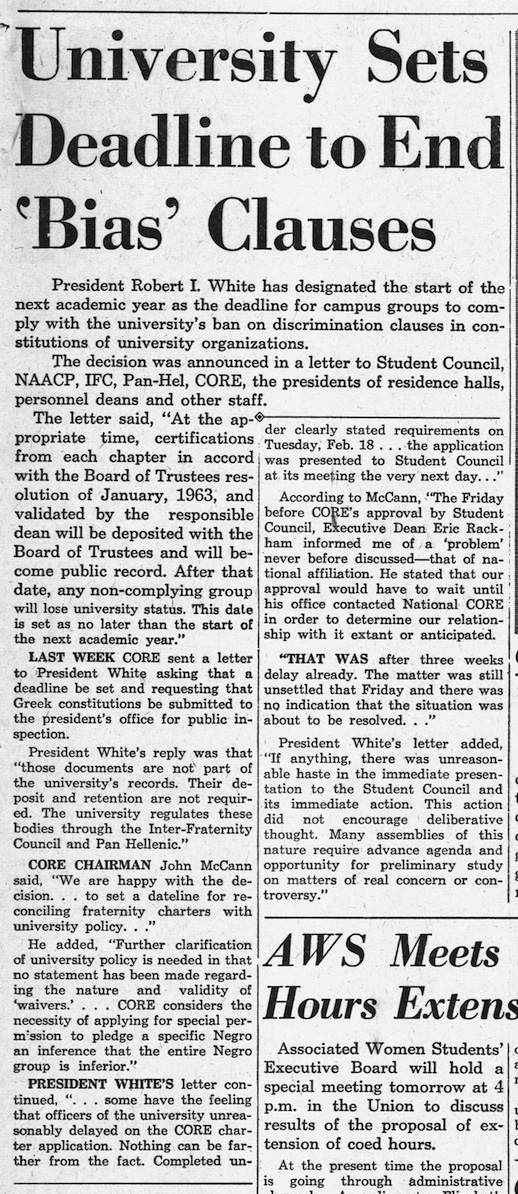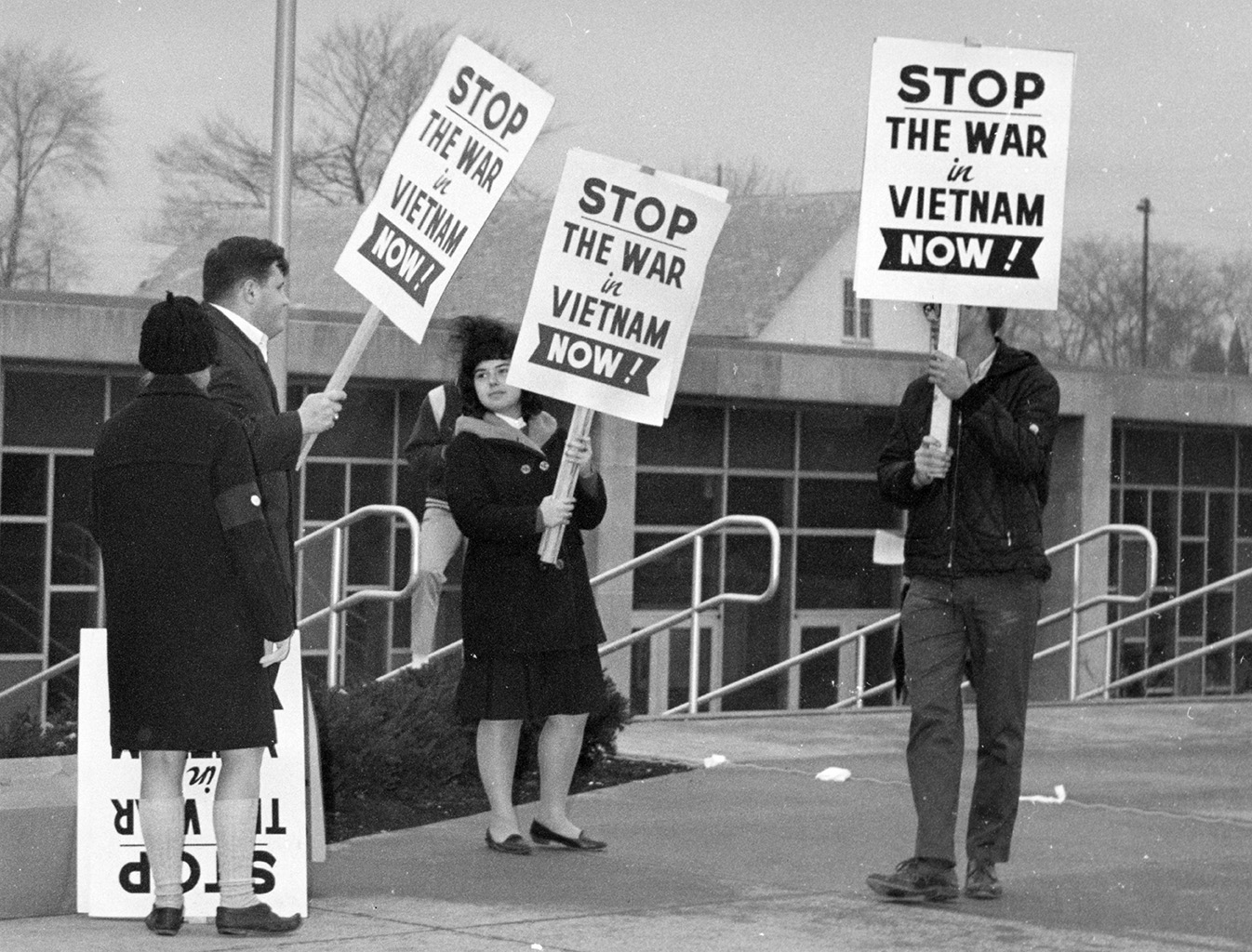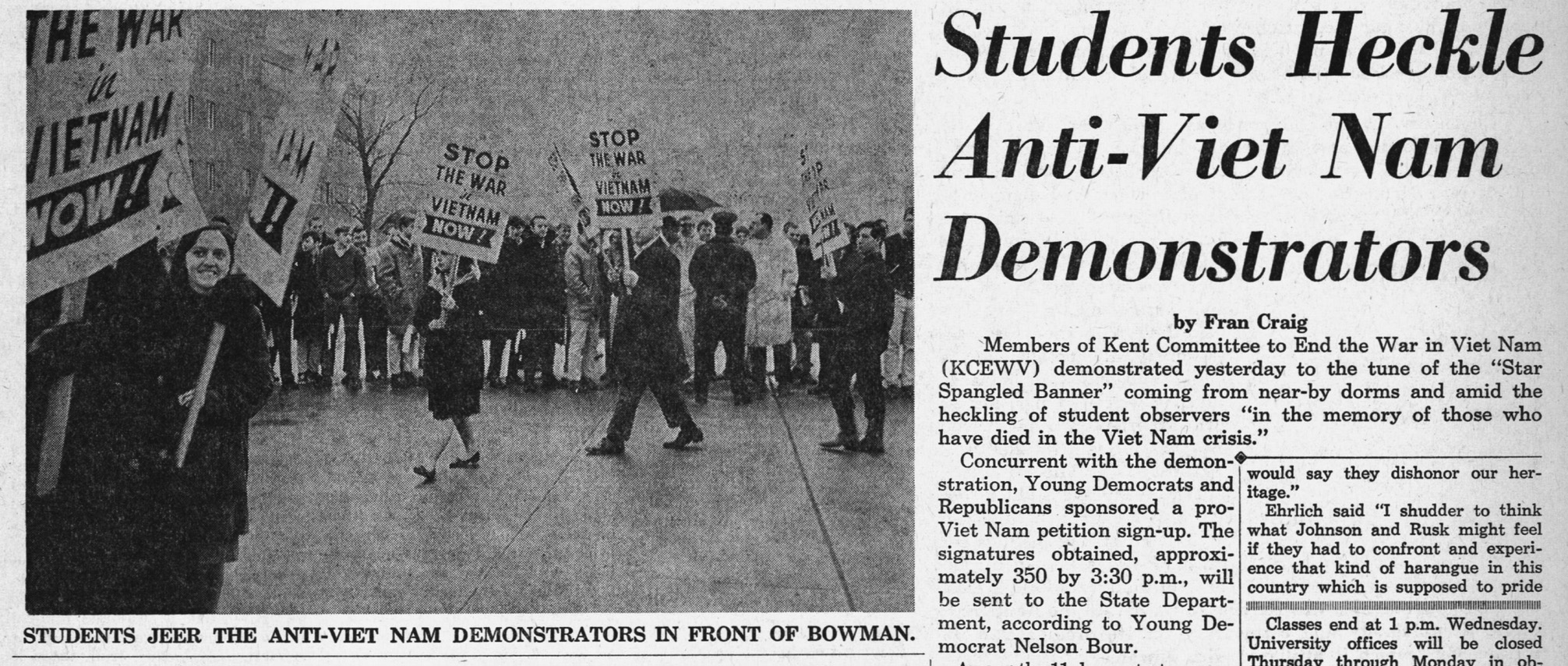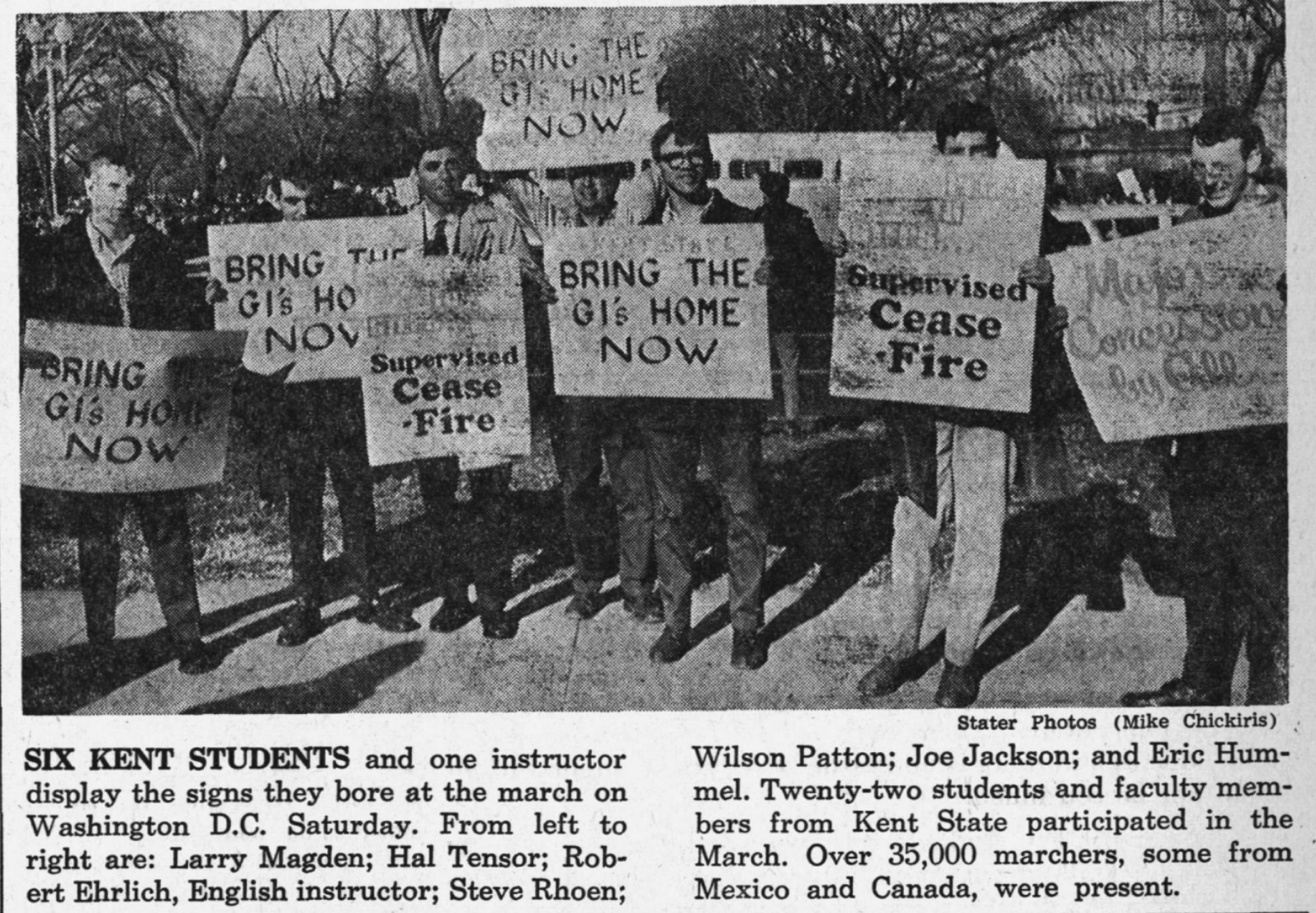May 4 50: Long Live the Memory: 1964-65
Special Collections and Archives
May 4 50: Long Live the Memory: 1964-65
Special Collections and Archives
May 4 50: Long Live the Memory: 1964-65
Civil Rights, Black Power, and Anti-War Actions:
Orangeburg, Kent, and Jackson, 1960-1967
|
1964-1965 |
Mississippi: 1964
|
Freedom Summer - "In 1963, violence aimed at halting civil rights struggle in Mississippi was intensifying. The federal government continued its reluctance to intervene. And most of the nation was largely unaware of the terror and denial unfolding in Mississippi. The ten weeks [in 1964] that comprised the ‘long hot summer’ centered around several goals: to establish Freedom Schools and community centers throughout the state, to increase black voter registration, and to ultimately challenge the all-white delegation that would represent the state at the Democratic National Convention in August." (SNCC Digital Gateway. https://snccdigital.org/events/freedom-summer/) Below: One Man/One Vote Bumper Sticker. Wisconsin Historical Society; Social Action vertical file, circa 1930-2002; Mss 577, Box 47, Folder 16. https://content.wisconsinhistory.org/digital/collection/p15932coll2/id/31631/rec/18. Accessed via the Freedom Summer Digital Collection,
|
|
Below: SNCC Fundraising Pamphlet Page. Wisconsin Historical Society; Social Action vertical file, circa 1930-2002; Archives Main Stacks, Mss 577, Box 47, Folder 16. https://content.wisconsinhistory.org/digital/collection/p15932coll2/id/31632. Accessed via the Freedom Summer Digital Collection,
|
|
Below: Voter Registration Pamphlet. Wisconsin Historical Society; Alicia Kaplow papers, 1964-1968; Mss 507, Box 1, Folder 6. https://content.wisconsinhistory.org/digital/collection/p15932coll2/id/6553. Accessed via the Freedom Summer Digital Collection,
|
|
Kent State Freedom Rider Reverend James Lawson, Jr. spoke at Kent State in 1961, urging students to consider the fight for Civil Rights as a national cause--not just an issue of the southern United States. Kent State student Daniel Thompson is one who heeded Lawson’s call and joined the cause. Thompson would go on to become a Freedom Rider, an experience that included being arrested and serving time in Mississippi’s Parchman Prison (Grace. Kent State. 24-25). Thompson eventually returned to Ohio and became known for his work as Cleveland’s Poet Laureate, in addition to his social justice activism. In 1980, Thompson composed a poem about the Kent State shootings. Below: Daily Kent Stater, January 31, 1961, page 3.
|
|
Below: Mugshot photograph of Daniel Thompson (source of photo is unknown).
|
|
Below: My Alma Mater, Thompson’s May 4 Poem. May 4 Poetry collection. May 4 Collection. Kent State University Libraries. Special Collections & Archives.
|
Orangeburg: 1964-1965
|
Civil Rights demonstrations continued. Volunteers working with the Orangeburg NAACP focused on voter registration efforts, helping to register hundreds of Black voters in the area. Below: Voter registration work in Orangeburg. Photo by Cecil Williams, Out-of-the-Box in Dixie, page 260.
|
|
Below: A protester in downtown Orangeburg. Photo by Cecil Williams, Out-of-the-Box in Dixie, page 255.
|
Kent: 1964-1965
|
May 1, 1964 - The Student Peace Union organization pickets near the Administration Building. In a State Highway Patrol investigatory report on the demonstration (labeled therein as “Communist Activities”), the text of protestors’ signs was faithfully transcribed and listed. The intersecting concerns were stopping the war in Vietnam, urging peace, and focusing on the War on Poverty--not the war in Vietnam. The report lists the “victims” of the incident as the “United States Government and Its People” and “Kent State University.” Below: Student Peace Union members picket. Kent State University Police records. May 4 Collection. Kent State University Libraries. Special Collections & Archives.
|
|
Below: State Highway Patrol report on the incident. Kent State University Police records. May 4 Collection. Kent State University Libraries. Special Collections & Archives.
|
|
1964 - Kent State Chapter of the National Association for the Advancement of Colored People (NAACP) is formed and becomes involved in fair housing efforts for students living in the City of Kent. This original chapter would be dissolved in 1968, with its president and executive board at the time noting that “...the NAACP is no longer the vehicle for social change….” Below: Daily Kent Stater, January 22, 1964, page 3; Daily Kent Stater, February 7, 1964, page 1.
|
|
Amid controversy, a Kent State chapter of CORE is finally chartered as a student organization. Members continued efforts to end housing discrimination in Kent and also successfully campaigned to have bias clauses removed from charters of student organizations, including fraternities and sororities. Below: CORE Charter. Kent State University Police records. May 4 Collection. Kent State University Libraries. Special Collections & Archives.
|
|
Below: Daily Kent Stater, March 10, 1964, page 1.
|
|
1965- A Kent State chapter of the Student Non-violent Coordinating Committee (SNCC) is formed. The Kent Committee to End the War in Vietnam stages an anti-war protest near Bowman Hall, in the midst of heckling from students disagreeing with its stance. Around the same time, 22 Kent State students and faculty members joined 35,000 in Washington, DC, who marched to demonstrate against the war. Below: KCEWV Bowman Protest. Kent State University Police records. May 4 Collection. Kent State University Libraries. Special Collections & Archives.
|
|
Below: Daily Kent Stater, November 23, 1965, page 1.
|
|
Below: Daily Kent Stater, November 30, 1965, page 1.
|
|
1964-1965 |


